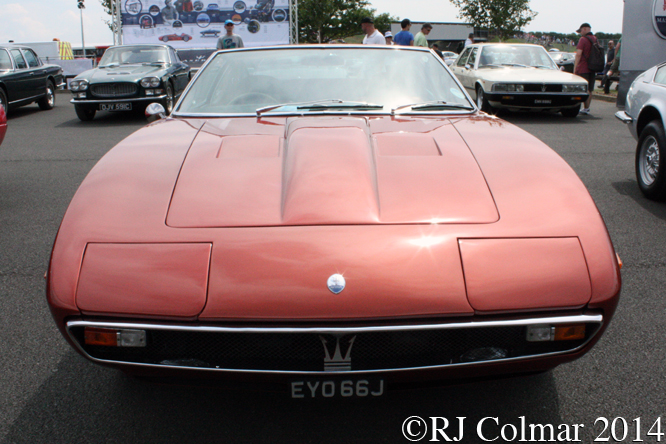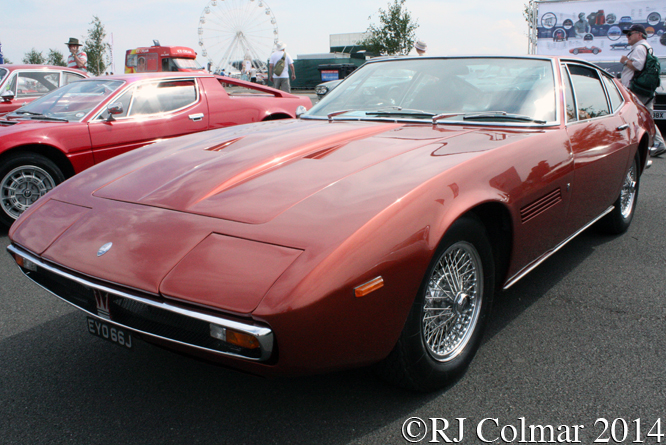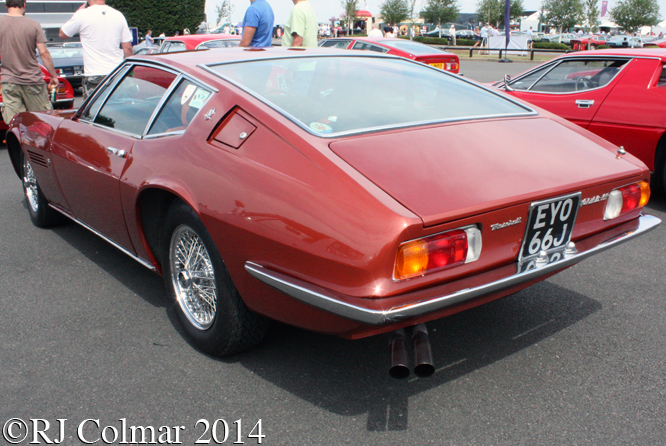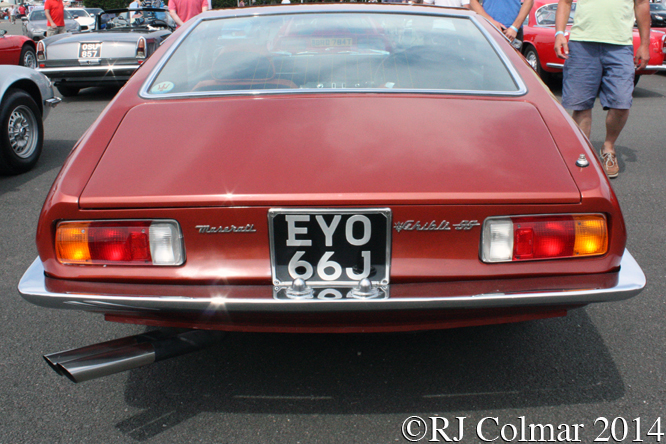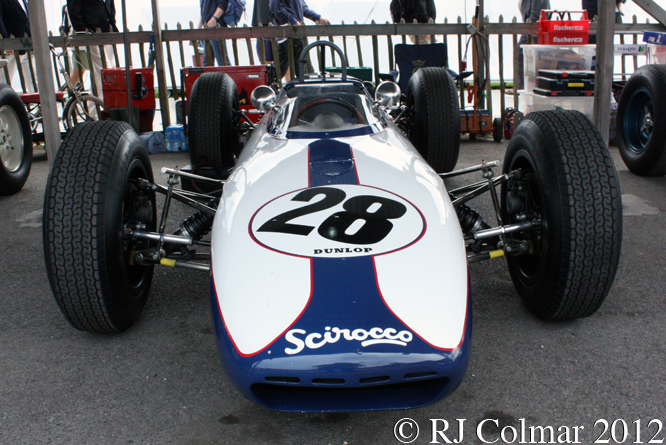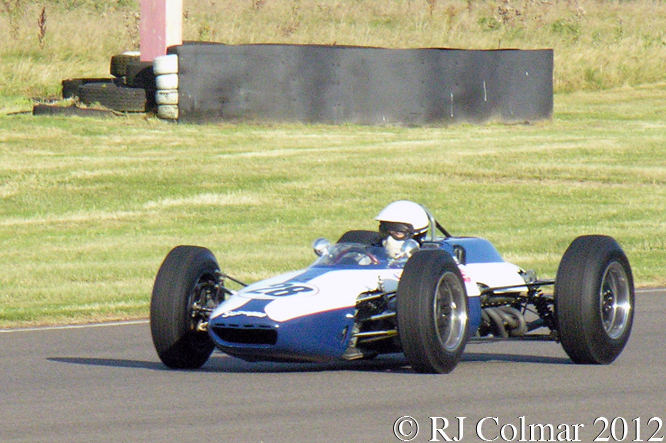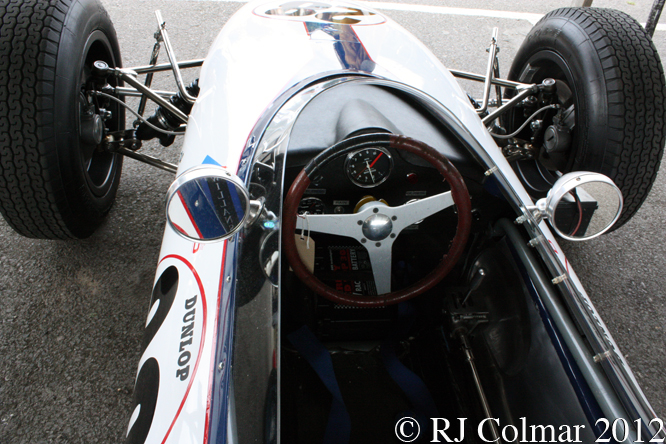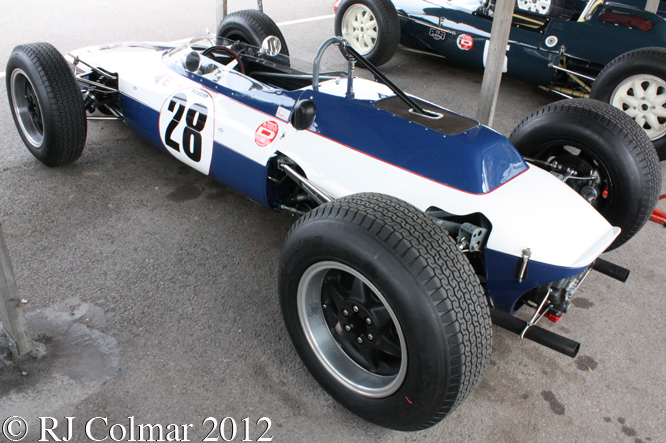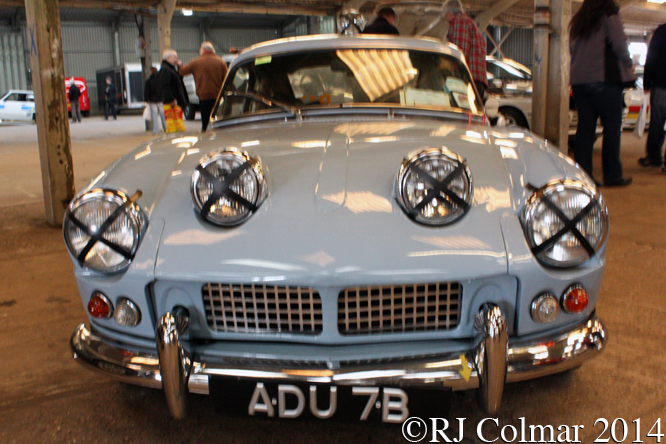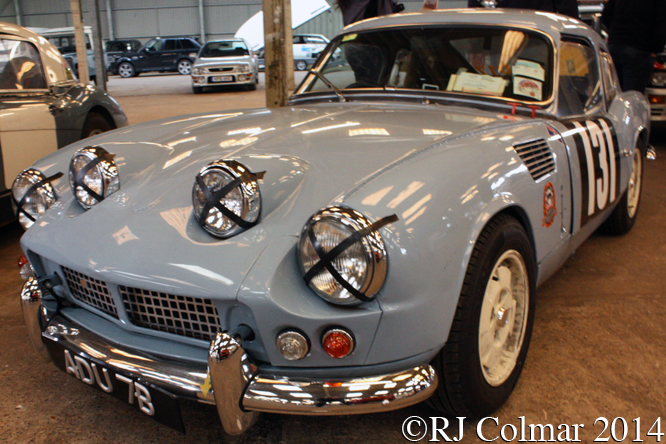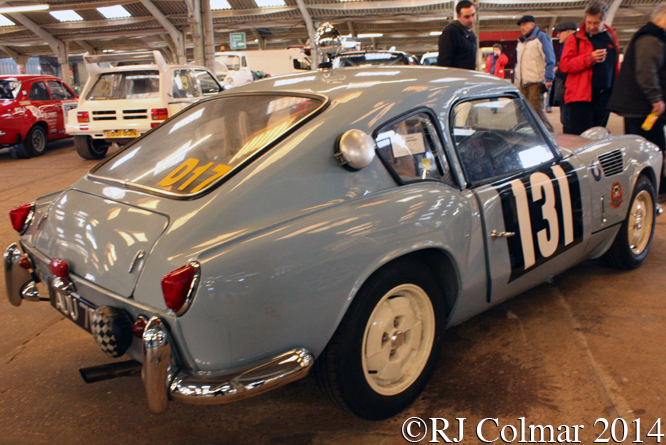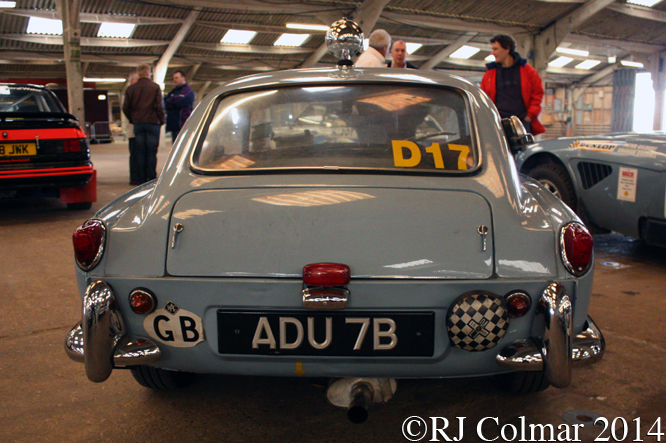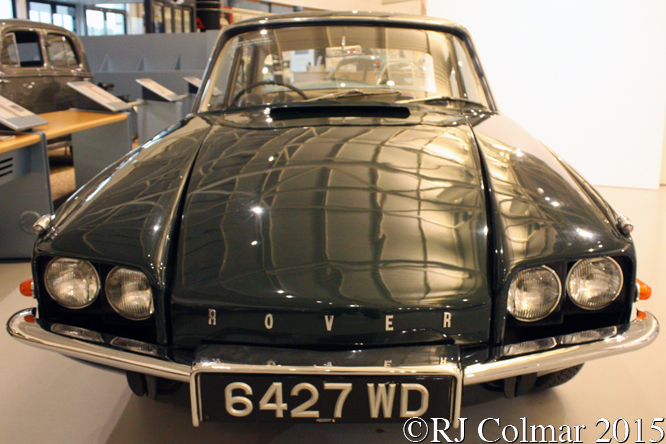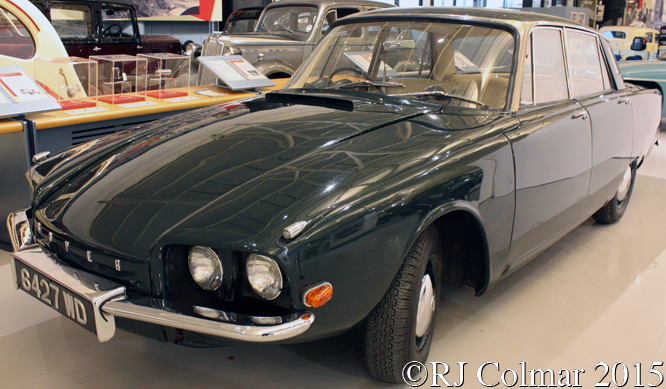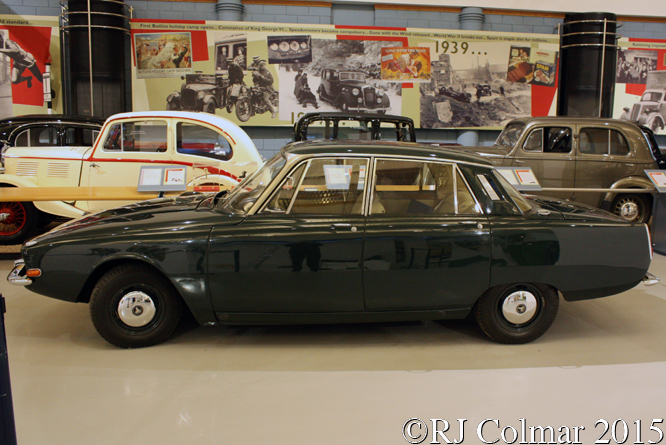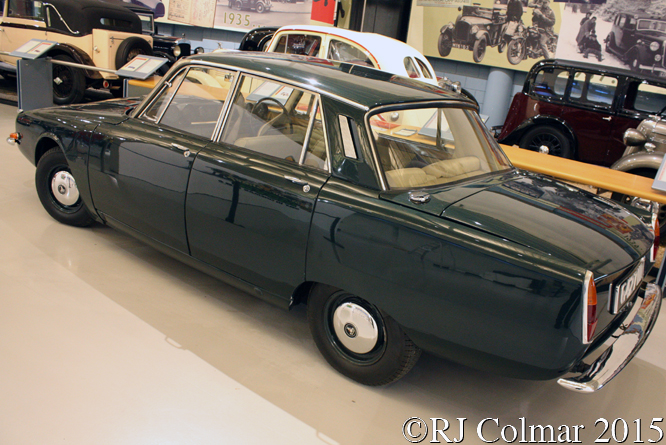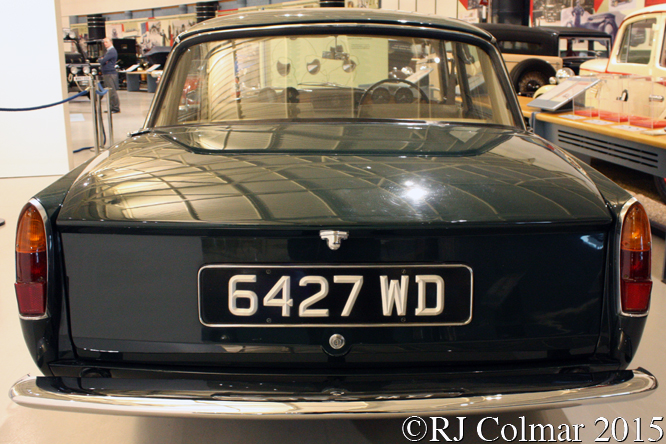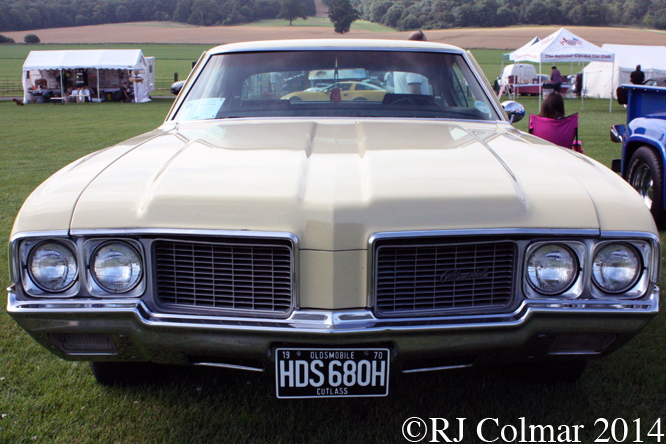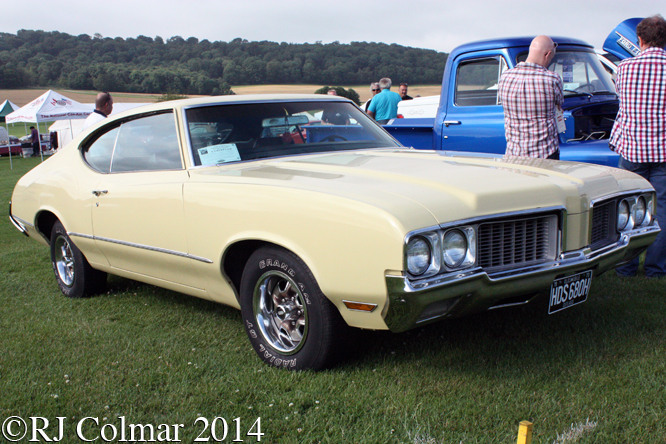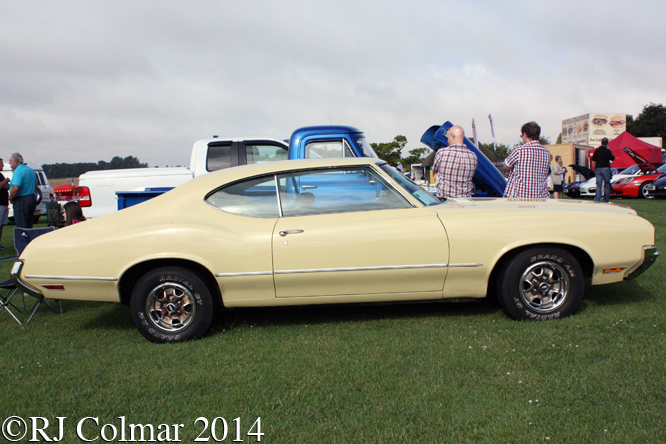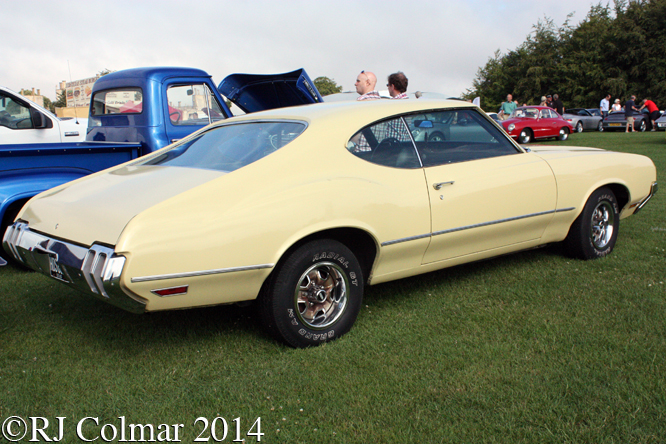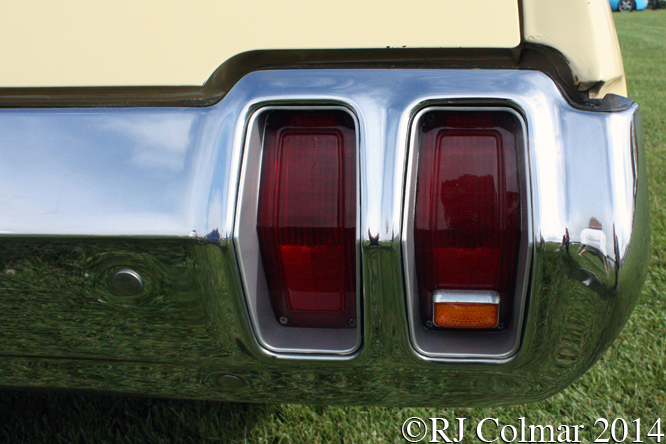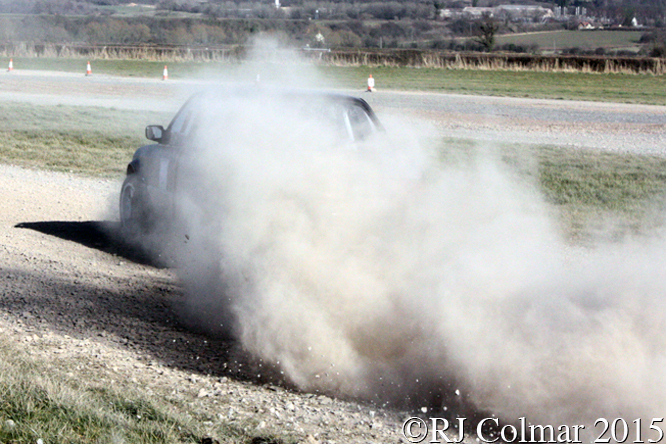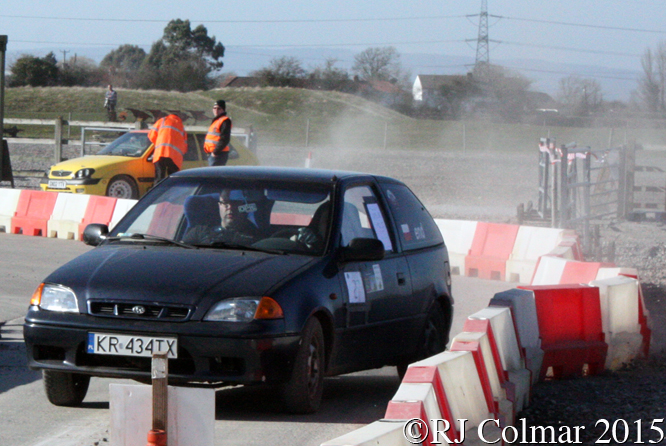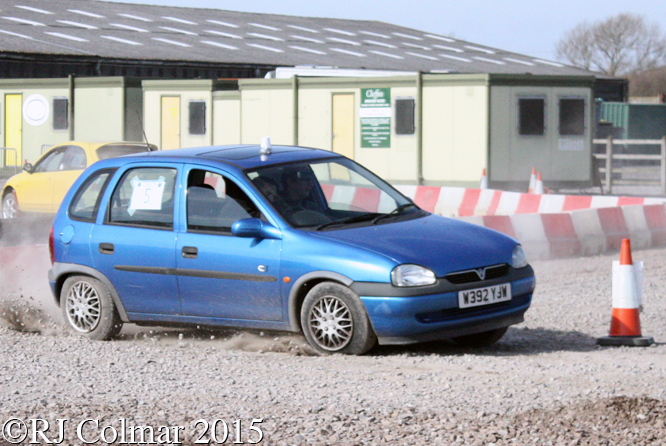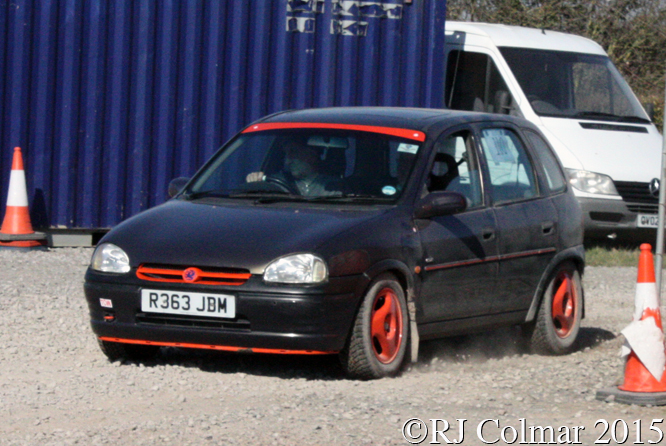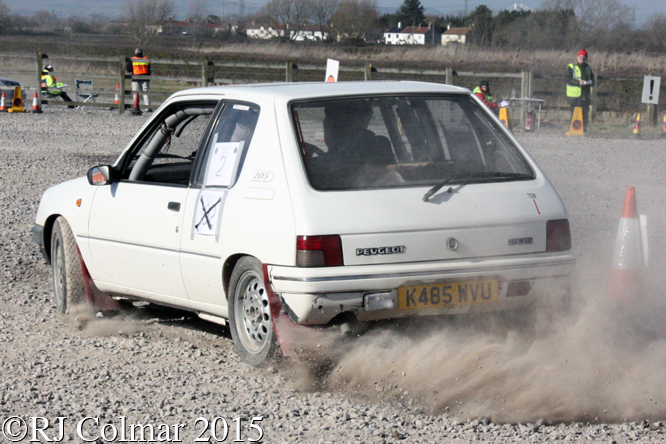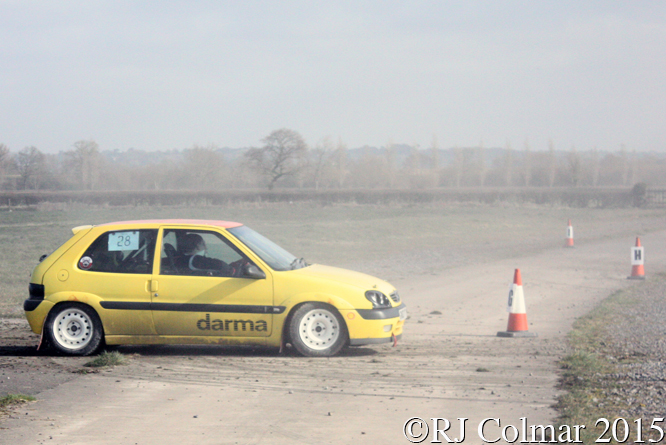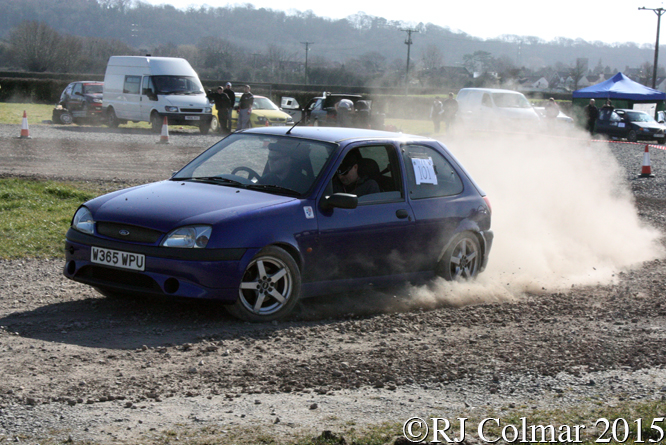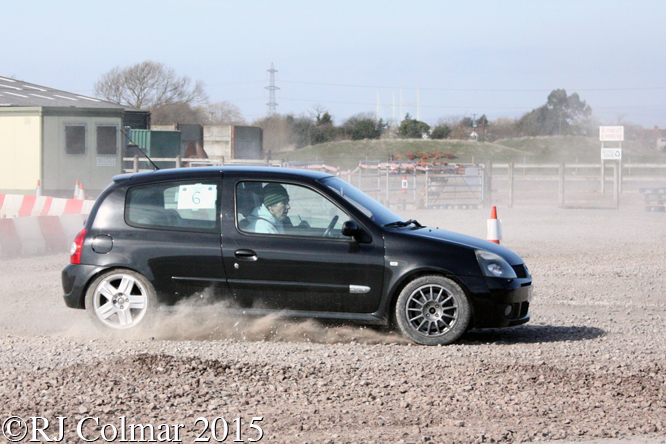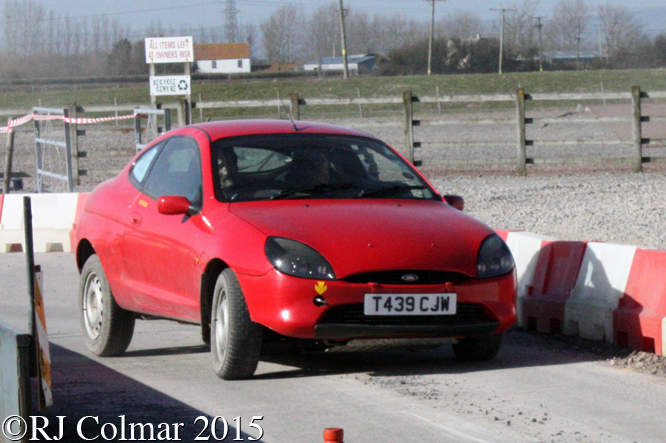Parisian engineers Georges Bouton and his brother-in-law Charles Trépardoux were scraping a living making toy steam trains when they managed to convince wealthy patron the Marquis Jules-Albert de Dion to join them in founding a company to build steam powered automobiles in 1881.
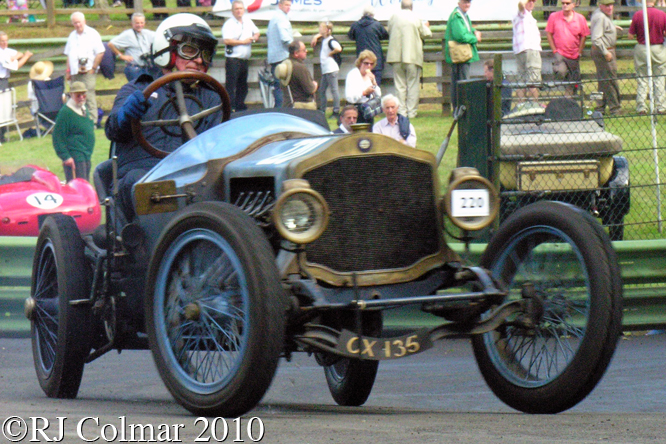
After a false start with a front wheel drive rear wheel steered steam car their second more conventional effort with front wheel steer and rear wheel drive known as the Marquis de Dion was the only entrant, competitor and finisher in the worlds first organised competition for motor vehicles in 1887.
By 1900 De Dion had started making petrol powered motor vehicles and with over 400 units made per year the company was the largest vehicle manufacturer in the world.
By 1912 De Dion had not peaked in terms of numbers of vehicles built and was building the first range of mass produced V8 motors from 3.5 litres 215 cui to 14.7 litres / 897 cui.
I believe Leslie Murray’s De Dion Bouton, described as “A bit hot rod style” by one fan, seen in this photograph was built in 1912 at least some five years before the 8.2 litre / 502 cui Curtiss OX V8 that powers it.
Thanks for joining me on this “Style De Hot Rod” edition of “Gettin’ a li’l psycho on tyres”, I hope you’ll join me tomorrow for a military parade at Queen Square, Bristol. Don’t forget to come back now !


